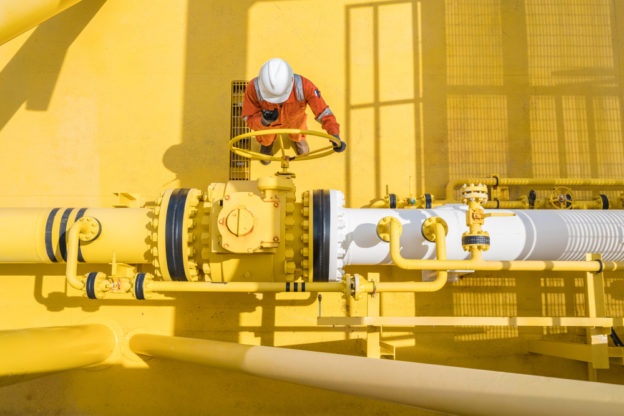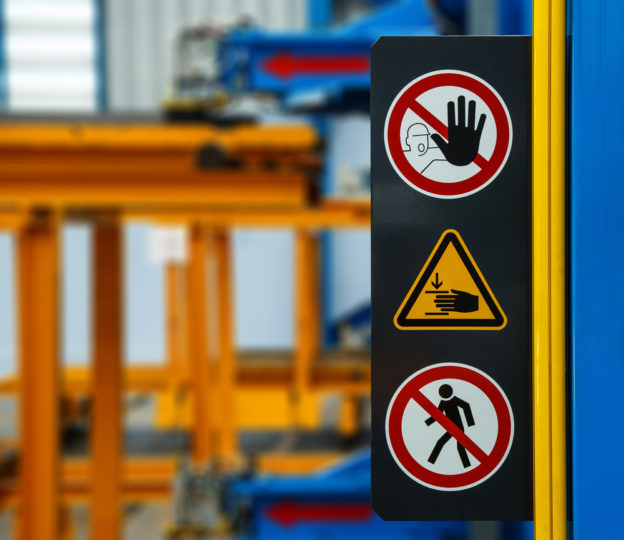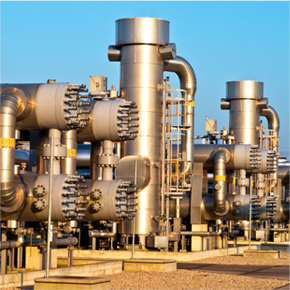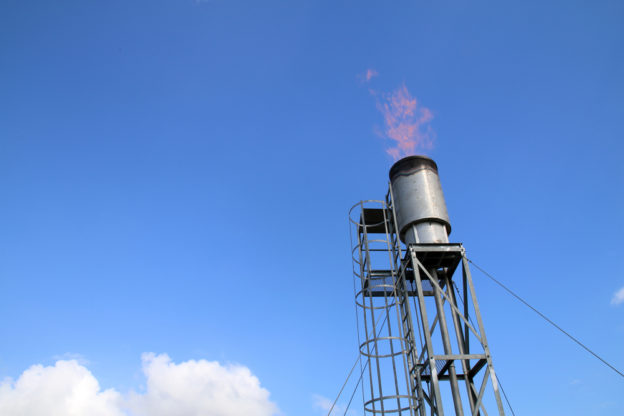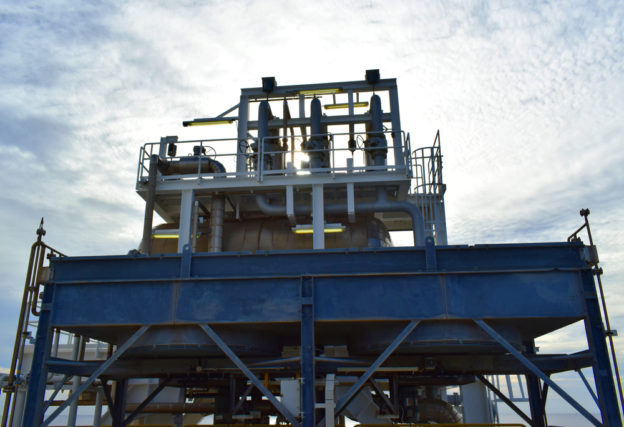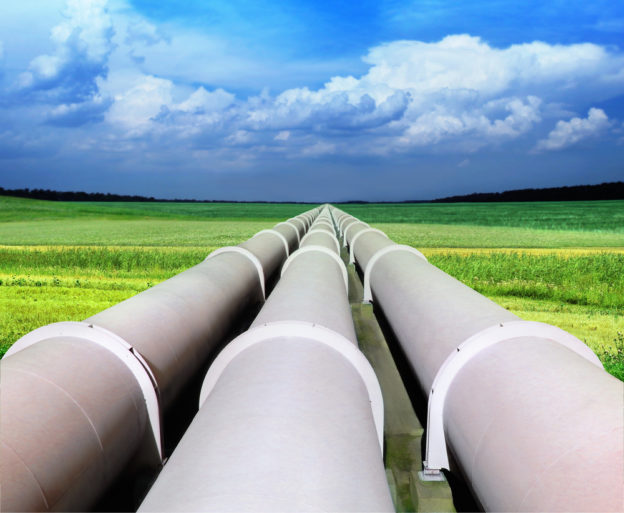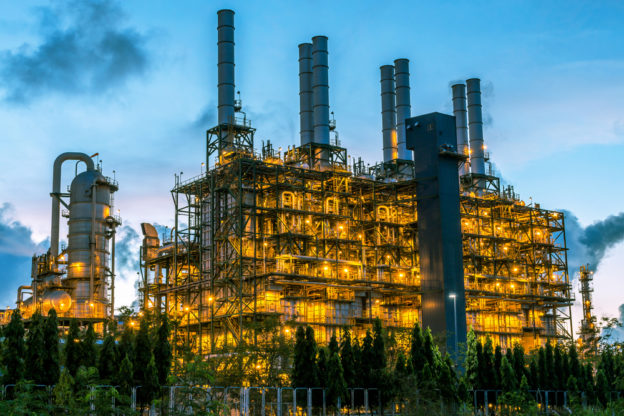Energy efficiency is one of the most important issues in the production industry in the United States. There is always a new argument on the horizon about which energy resources are the most efficient, safe, and accessible at a certain point in time.
One of the most popular subjects is the comparison and contrast of natural gas and coal. Both of these resources are important to people as far as overall energy usage goes. However, many people like to put these energy materials against each other in efficiency bids. Here are some interesting facts about coal, gas, and what each resource means for their industries.
What Does Natural Gas and Coal Provide Energy For?
Both natural gas and coal have similar uses in that they provide energy for several thriving industries as well as in the home.
Natural gas is most known for powering up some of the most used gas household appliances like:
- Heaters,
- Gas Stoves,
- Washing Machines.
Coal also provides power but is more geared towards electricity generation, liquid fuel, and steam fuel; which is the fuel that most people think of when coal comes to mind.
Which Resource is Cleaner?
Environmental cleanliness is important with any source of energy. This is simply seen with the implementation of emissions reductions and production regulation efforts over the years. Therefore, the argument about the cleanliness of coal and natural gas is a very heated one.
Both gas and coal are plentiful and available for use and mining, but it is clear that one is safer for the environment than the other. Natural gas has been proven to be cleaner than coal based on studies and emissions tests. According to the Worldwatch Institute, natural gas creates 47 percent less greenhouse gas emissions than coal does.
This fact is so important that natural gas is officially used more often than coal in most industries across the United States. It burns cleaner than coal and its use has directly reduced the greenhouse effect that has been a plague on the environment.
Which is Easier to Harvest and Produce?
When the idea of producing and harvesting coal is brought up, images of dirty people digging underground in unsafe environments are what most people imagine. This isn’t necessarily wrong. Coal can be harvested via surface or underground mining efforts. While these methods are effective, the giant machines used in the process contribute to further pollution problems.
However, with the harvesting of natural gas, products like fuel genies and natural gas compressors are available to production facilities. These pieces of equipment help workers make their efforts both successful and environmentally friendly since these machines are built with eco-friendliness in mind.
Pro-Gas Helps You Meet Your Natural Gas Production Needs
If you are the owner or manager of a production facility and need the right equipment for your next job, let Pro-Gas, LLC help your business out today. We specialize in providing industry leaders with the best natural gas mining and processing equipment. Contact us today to find out about our product availability, services, and how we can help you keep your facility productive.



